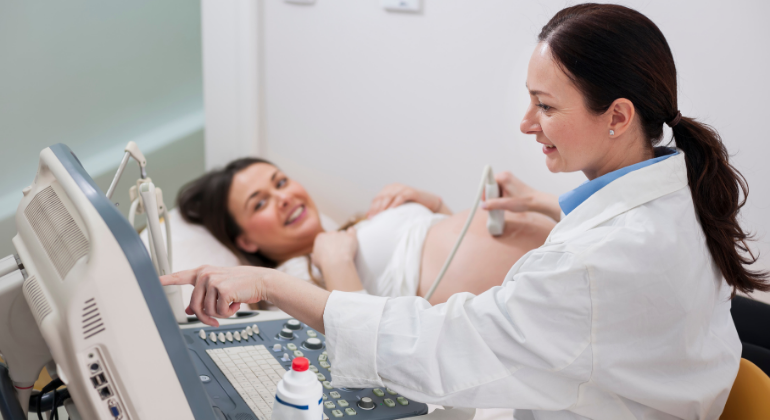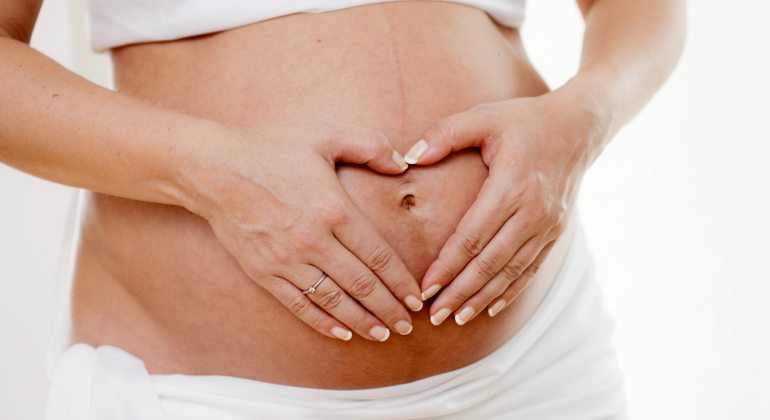
Welcome to the professional spine clinic

After pregnancy, the body goes through a series of changes, some expected and others more subtle. One issue that often goes unnoticed is navel displacement, where the belly button shifts from its natural position due to stretched abdominal muscles and internal pressure during pregnancy. This misalignment can cause bloating, digestive discomfort, lower back pain, and a weak core, making postpartum recovery more difficult.
If you’ve been dealing with unexplained abdominal discomfort or changes in your belly button’s shape after childbirth, it might not just be a random postpartum symptom—it could be a sign of navel misalignment. Since this condition isn’t widely discussed, many women ignore it, assuming their body will adjust on its own. However, if left uncorrected, it can lead to ongoing core weakness, posture issues, and chronic digestive problems.
The good news? You can fix it naturally. With the right approach—gentle exercises, targeted massages, and posture corrections—you can realign your navel, restore core strength, and support your body’s natural healing process. In this blog, we’ll break down everything you need to know about post-pregnancy navel displacement, from recognizing the signs to effective home remedies that can help you feel stronger and healthier.
The abdominal muscles stretch and weaken during pregnancy, making the navel more prone to shifting. Several factors contribute to navel displacement after delivery, including:
Pregnancy causes the abdominal wall to stretch, sometimes leading to diastasis recti (separation of the abdominal muscles). This weakens core stability and makes the belly button more likely to shift after delivery.
As the baby grows, it puts pressure on the stomach, intestines, and surrounding muscles, which can cause navel displacement. After childbirth, the abdominal wall takes time to regain strength, making misalignment common.
Lifting heavy objects, bending improperly, or engaging in strenuous activities too soon after childbirth can exacerbate navel displacement. New mothers should be cautious with physical exertion in the postpartum period.
Women who undergo C-sections are more prone to navel displacement because the surgical incision weakens the core muscles, affecting navel alignment.
Many new mothers experience poor posture while breastfeeding, carrying the baby, or sitting for long periods. This lack of core engagement can lead to abdominal imbalance and navel misalignment.
If you have post-pregnancy navel displacement, you may experience several noticeable symptoms, including:
Since these symptoms can be similar to normal postpartum recovery, many women ignore them. However, if discomfort persists for weeks, it’s important to address the issue.

The navel shifts after pregnancy due to a combination of muscle stretching, internal pressure, and weakened core stability. Key reasons include:
If the navel remains misaligned, it can contribute to digestive problems, posture imbalances, and long-term discomfort.
If you suspect post-pregnancy navel displacement, here are some effective ways to fix it naturally:
A gentle belly button massage can help reposition the navel and relieve muscle tension.
Steps:
This helps restore abdominal flexibility and naturally correct navel displacement.
Since weak core muscles contribute to navel displacement after pregnancy, engaging in gentle postpartum exercises can help restore core strength and stability.
Avoid intense ab exercises (such as crunches) immediately postpartum, as they can worsen muscle separation.

Yoga is an excellent way to restore balance in the abdominal muscles and bring the navel back to its natural position.
Practicing these poses regularly can help correct navel displacement and prevent further issues.
A warm compress or heating pad can relieve muscle tightness and support navel realignment.
How to Use:
This method reduces bloating, relaxes muscles, and improves circulation, helping the navel return to its proper position.
In Ayurveda, digestive imbalance is often linked to navel displacement. Using natural ingredients can help support gut health and core strength.
These remedies support digestion, reduce bloating, and promote faster postpartum recovery.
While most cases of navel displacement can be fixed with home remedies, you should consult a doctor if you experience:
A physiotherapist, chiropractor, or Ayurveda expert can help provide personalized treatment for your condition.
Post-pregnancy navel displacement is a common yet overlooked issue that can lead to abdominal discomfort, bloating, and back pain. If you notice digestive issues, belly button misalignment, or core weakness after delivery, it’s important to take steps to correct it naturally.
By following abdominal massage, yoga, core exercises, and Ayurvedic remedies, you can realign your navel and improve postpartum recovery. However, if symptoms persist, seeking professional guidance is recommended.
Would you like to learn more about postpartum health and recovery tips? Explore our health & wellness blogs for expert advice!
Recent Blog : Navel Dislocation: Causes, Symptoms, and Natural Treatment
Haan, postpartum belt pehnna safe ho sakta hai agar aapki nabhi dislocate hui ho, lekin sirf doctor ya physiotherapist ki advice ke baad. Belt core muscles ko support karti hai, lekin galat tareeke se pehnna navel shift ko aur badha sakta hai.
Agar aap regular massage, light yoga aur core exercises follow kar rahi hain, toh 2–6 weeks mein navel alignment improve ho sakta hai. Lekin agar diastasis recti ya C-section hua ho, toh recovery slow ho sakti hai. Patience aur consistency zaroori hai.
Bilkul! Gentle yoga poses jaise Pavanmuktasana aur Bhujangasana breastfeeding moms ke liye safe hain. Yeh digestion improve karte hain aur abdominal pressure ko kam karte hain. Bas intense core workouts early postpartum stage mein avoid karein.
Direct fertility pe asar nahi padta. Lekin agar core muscles weak rahein ya digestion constantly poor ho, toh overall reproductive health pe stress ho sakta hai. Nabhi alignment theek karne se pelvic aur hormonal health better hoti hai.
Haan, agar aapki nabhi displacement zyada time tak ignore ki gayi ho, ya pressure zyada ho (especially after C-section), toh umbilical hernia develop ho sakta hai. Agar belly button ke paas bulge, pain, ya swelling ho, toh doctor ko zaroor dikhayein.


Call us at
9870379001